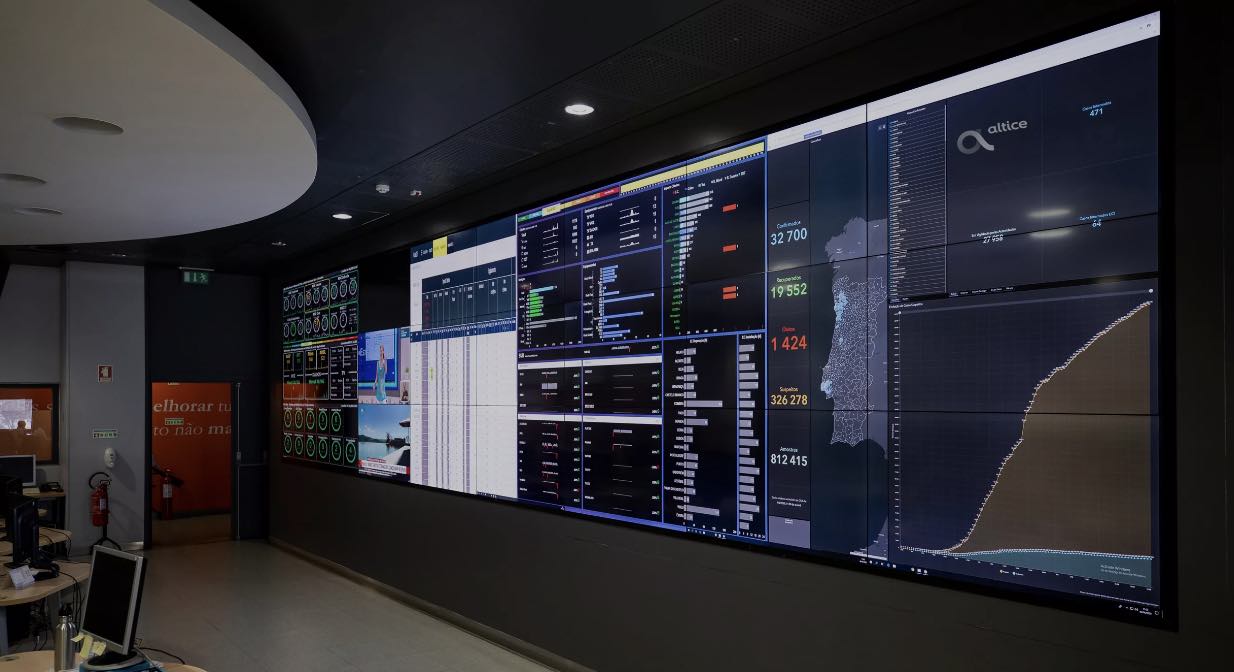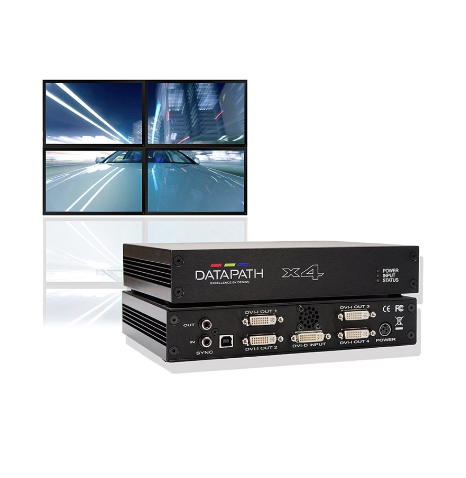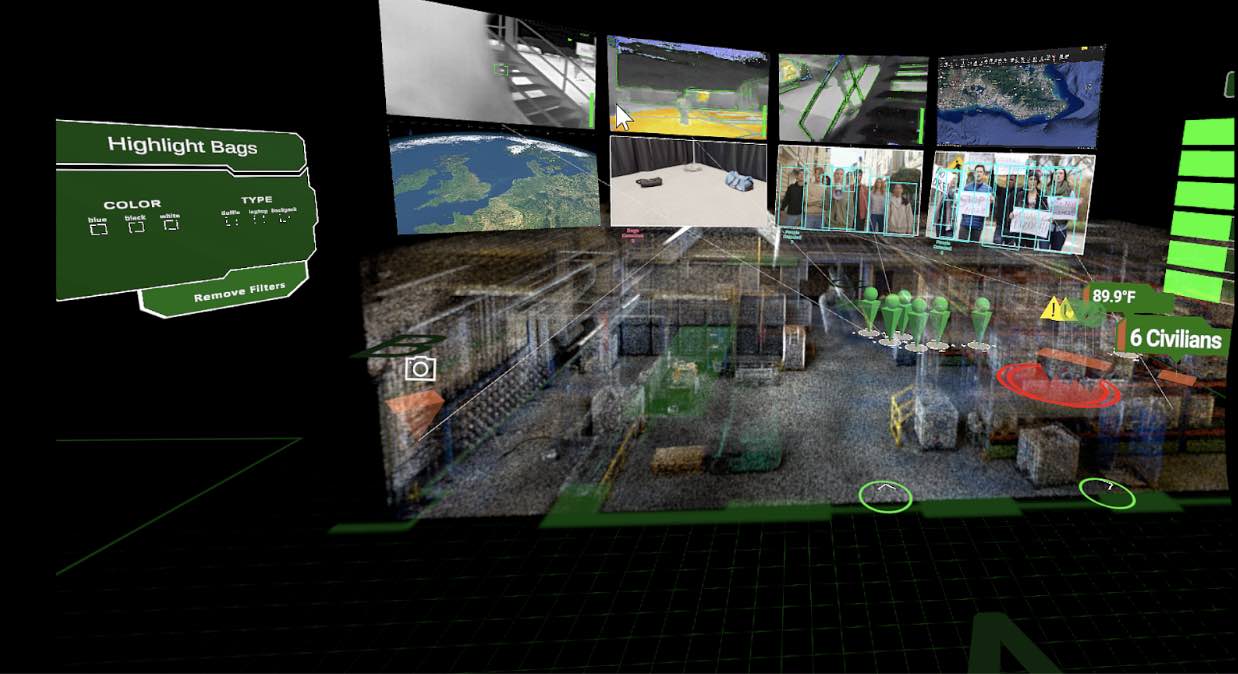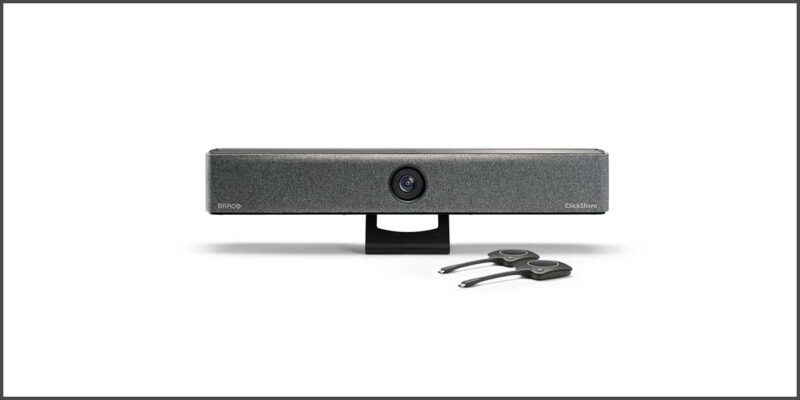The Latest AV Technology for Command and Control Rooms

Command and control rooms are where information, technology and human expertise converge to enable effective decision making, resource management and responses to different scenarios. The importance of control rooms extends across a wide and growing range of sectors, and they help contribute to safety, security and operational efficiency. Let’s explore key trends in command and control technology, focusing on advancements in video wall technology, the integration of artificial intelligence (AI) and the evolution of control systems.
Video Wall Technology in Command and Control Rooms
Advancements in video wall technology have changed the way information is presented and accessed in control rooms. Datapath product manager Mathew Tibbitt pointed to the emergence of AV-over-IP as one of the most notable changes. With AVoIP-over-IP, crucial content can be delivered simultaneously to operators and video walls. Tibbitt also said the displays of video walls themselves have become clearer and sharper thanks to LCD technology.

Barco LCD video walls in a command and control room.
However, Dan Gundry, senior director of LVX sales at Barco, said the main focus of control rooms is not merely display technology (as many command and control rooms’ missions don’t necessitate display walls), but rather operator experience. Therefore, some advancements in display technology, namely LEDs, are not conducive to the control room environment. Gundry says LED installation comes with the challenge of the heat that the LEDs emit, which is fatiguing and uncomfortable for operators. The mitigation of this heat means increased AC costs and distracting fan noise, among others. According to Gundry, LCDs and rear projection cubes are the preferred options.
Display Resolution, Size and Arrangement
The resolution, size and arrangement of displays in a control room are crucial to the effectiveness of a control room. “Decision making in control rooms relies on the clarity of the information presented,” Tibbitt said.
According to Gundry, considerations for video wall setups include sightlines, room layout and dimensions. Video walls must be placed where operators can clearly view them over monitors. The aspect ratio becomes less important in a control room setting. Instead, room layout and dimensions dictate how wide the video wall can be while ensuring everyone has a clear view. Ultimately, Gundry said the dimensions of video walls depend on the room’s size and configuration.
AI Integration: Enhanced Decision-Making
As with most other applications these days, AI integration is a significant trend in command and control applications. Tami Booth, chief commercial officer of EPIC iO, shared several ways AI algorithms can be utilized to process and analyze data from various sources and benefit operators.
- Data Fusion and SensorFusion: AI can integrate data from multiple sources into a unified and coherent picture, providing real-time situational awareness.
- Pattern Recognition: AI is extremely useful for recognizing patterns and anomalies in data, automating trend identification within large datasets.
- Predictive Analytics: Machine learning models use historical data to make predictions about future events, helping decision-makers create proactive responses.
- Real-time Monitoring: AI systems can continuously analyze data streams and alert operators to unusual events.
- Automation of Routine Tasks: AI automates repetitive tasks, which frees up human operators to take care of more complex decision-making.
- Resource Allocation: AI optimizes resource allocation based on real-time data, allowing decision makers to allocate personnel, equipment and other resources more effectively.
- Scenario Analysis: AI can simulate scenarios to display potential outcomes, which decision-makers can use to choose the best course of action.
- Decision Support: AI systems provide data-driven recommendations, aiding decision-makers in choosing the best course of action based on predefined criteria.
- Enhanced Situational Awareness: AI systems improve the situational awareness of decision-makers by presenting data in a clear and intuitive manner.
While AI offers significant benefits, organizations face several obstacles when integrating it into control rooms. According to Booth, these challenges include data privacy and security, data quality and availability, scalability across potentially multiple platforms, interpretability, cultural resistance, costs, ethical considerations and failure tolerance.
Control Systems Technology: Meeting Data Challenges
Control systems are always adapting to accommodate the growing scale and complexity of data and information in command and control centers. Datapath’s Tibbitt noted that control systems have evolved to be able to centralize available sources to make them deliverable anywhere they’re needed. He also said AV-over-IP, in particular, allows for centralized management by allowing content to be streamed across private network control rooms, crisis rooms, meeting spaces and operator workstations, which streamlines issue identification and resolution.
Gundry highlighted the need to first focus on the operator experience and then design outward. He emphasized that simply adding monitors isn’t useful to an operator. Instead, workflow solutions must enhance efficiency.
User Interfaces and Interactivity

Datapath X4 video wall processors can accept a standard single or dual-link DVI input and display across four output monitors.
User interfaces and interactivity play an important role in the efficiency of command and control rooms. According to Tibbitt, it’s important to remember that control room operators are experts in their field, not in video walls. Therefore, the technology must provide “simple and unobtrusive” access to the right content. Operators should be able to preconfigure content for displays on walls and workstations and have control features to display those sources instantaneously.
Integration and Compatibility for Command and Control Rooms
Barco’s Gundry advised that the importance of integration depends on the mission of the control room. Organizations must evaluate if integration is crucial to improving operator experience and responsiveness.
“If integration is paramount to improving the operator experience and making your control room be more responsive, then you need to evaluate if there’s one that exists, or what is it gonna take to get there,” he said.
Future Outlook: Embracing Remote Operations

Products like HeadWall VR’s Virtual Control Center give AV professionals an idea of what the future of command and control rooms will look like.
Gundry predicted that we will see an increasing trend toward remote operators in the future, enabled by more reliable, scalable and secure technology. Virtual control rooms and augmented reality (AR) – while a long way off – are also becoming increasingly feasible.






